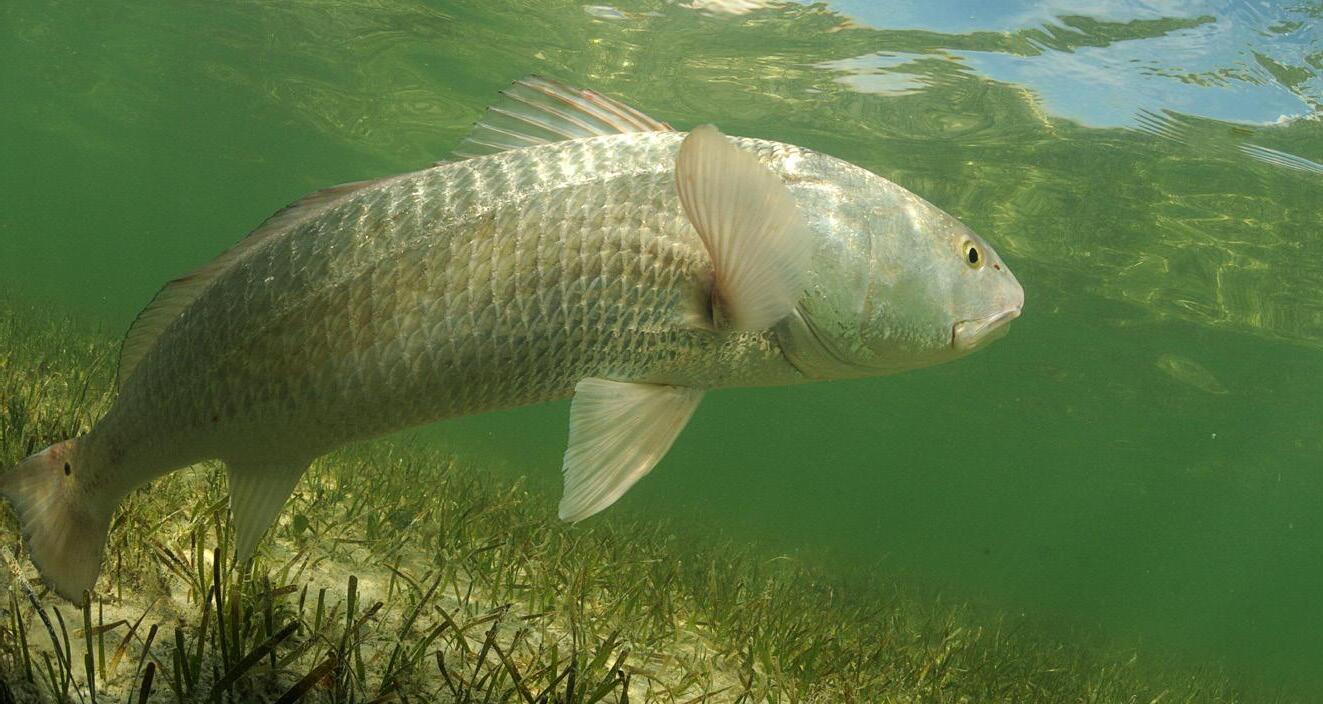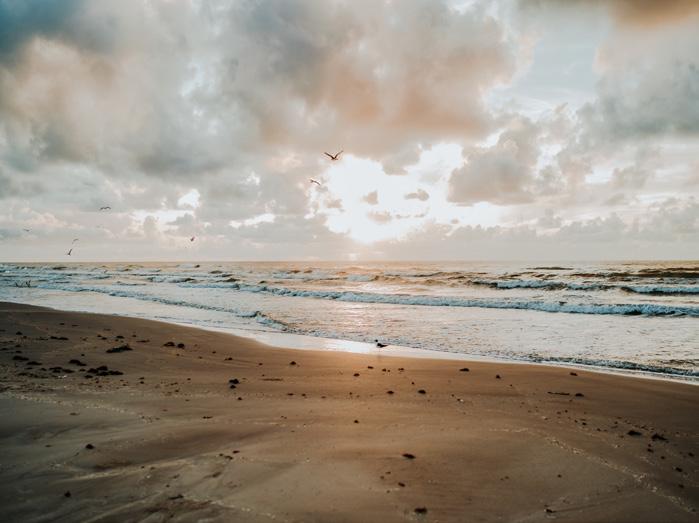San Antonio Bay Ecosystem Health Report Card



Current condition: vulnerable






The San Antonio Bay ecosystem includes San Antonio, Hynes, Guadalupe, and Espiritu Santo Bays. Port O’Connor, Seadrift, and Austwell are the main population centers in the region. San Antonio Bay, the Aransas National Wildlife Refuge, and the Guadalupe Delta Wildlife Management Area are home to Kemp’s ridley and green sea turtles, American alligators, and the last wild flock of endangered whooping cranes. The bay provides critical winter habitat and productive feeding grounds for continued recovery of whooping crane populations.

The communities of San Antonio Bay, which used to be largely made up of family-owned commercial fisheries, are experiencing rapid changes as sportfishing and hunting become more popular.

This Report Card uses local, state, and national datasets alongside stakeholder input to evaluate how current conditions compare to long-term trends. This is meant to give a high-level summary of the health of bay ecosystems to inform management decisions for the Texas coast.
A healthy score represents a well-balanced syste score indicates that negative influences from human and natural pressures are being observed. An unhealthy score means that measured values are balanced, healthy system.
Prioritize immediate actions
This symbol indicates a priority call to action !
Seadrift San Antonio Bay CALHOUN REFUGIOBalanced levels of nutrients, like nitrogen and phosphorus, support life in our bays. While nutrient levels are generally good in Espiritu Santo Bay, periods of increased algae growth in San Antonio Bay indicate too many nutrients may be flowing into the system from human sources.
The amount and timing of freshwater inflow to estuaries helps regulate salinity and nutrient supply. Although flows are generally within historical averages, fewer high flow events than in the past are leading to increasing in salinity in San Antonio Bay that can negatively affect sensitive species like oysters and crabs.
Plastic pollution in the marine environment is a growing problem. Programs like local shoreline clean-ups, Nurdle Patrol, and Texas Litter Database are helping to raise awareness and understand hot spots for plastic pollution.
Insu cient data
1. Expand water quality monitoring to proactively detect and respond to potential impacts of population growth in the watershed.
2. Develop frameworks for focused freshwater inflows to maintain healthy salinities.
3. Promote policies to reduce plastic pollution.
Coastal habitats provide feeding grounds and shelter for fish, birds, crabs, sea turtles, and shrimp. They protect the coast from damaging waves and erosion and store carbon.

The San Antonio Bay area has experienced net loss of wetlands since 2001, mostly due to sea level rise. Winter Storm Uri decimated black mangrove populations, exposing large areas to increased erosion.
Increase monitoring to understand how coastal habitats are changing with climate change, sea level rise, and coastal development.
Colonial waterbirds are iconic species that gather in dense colonies to nest on small islands throughout San Antonio Bay. While populations of some species are still in an acceptable range, Black Skimmer, Great Egret, Roseate Spoonbill, Tricolored Heron, and Great Blue Heron are showing up in fewer numbers than they have in the past. This is believed to be due to loss of nesting islands.
Assessed waterbird species: Black Skimmer, Great Egret, Reddish Egret, Roseate Spoonbill, Tricolored Heron, Great Blue Heron, Brown Pelican, Caspian Tern, Forster’s Tern
Conserve and restore rookery islands and other coastal habitats to benefit colonial waterbirds.

Assessed finfish species: Spotted Seatrout, Black Drum, Red Drum, Atlantic Croaker, Southern Flounder

Oysters in the San Antonio Bay region are less abundant than in the past, prompting questions about the longevity of the resource. Black Drum, Redfish, and Spotted Seatrout have recovered from historic lows to support a vibrant recreational fishing industry in the region. Shrimp and Atlantic Croaker are within acceptable ranges, but populations should be closely monitored to ensure sustainability. Populations of Southern Flounder and Blue Crab are in decline.
1. Assess fishing and environmental pressures to support sustainable management.
2. Conserve oyster reef structure and encourage responsible harvest practices to ensure resources for the future.
Photo by Larry Ditto Nature PhotographyCoastal communities affect and are affected by the environment and the natural resources that define ways of life. Healthy bays support healthy communities.
Coastal economies around San Antonio Bay provide local jobs, tax revenue, and ways of life. Commercial fisheries in San Antonio Bay were worth more than $8.5 million in 2021. While the total weight of landings has dropped, the value of the industry has grown more quickly than in other bays on the Texas coast. Travel and recreation has grown steadily in Calhoun and Refugio Counties, earning nearly $17 million in 2021.

Community resilience is the ability to adapt to environmental changes and recover from disasters. Habitat loss, unsustainable use, and environmental disasters can cause damages to property and livelihoods, increase inequality, and reduce quality of life. Approximately 35% of the population in Calhoun and Refugio Counties have 3 or more risk factors that make people more vulnerable, compared to the US average of about 22%.
Risk factors include income to poverty ratio, single or no caregiver, crowding, communication barrier, unemployment, disability, no health insurance, age 65+, no vehicle access, no internet access.
1. Promote growth in oyster farming to create jobs and reduce pressure on natural reefs.

2. Increase understanding of the links between community vulnerability and ecosystem health.
1. Promote growth in tourism and recreation in balance with the ecosystem.
2. Ensure equitable access to coastal resources to benefit local communities.

The San Antonio Bay Partnership helps coordinate volunteer-driven campaigns to remove abandoned fishing gear and other marine debris from remote shorelines while collecting important data about sources of marine debris. In 2022, 652 abandoned crab traps and 4 tons of marine debris were removed from San Antonio Bay.




The Mid-Coast Sea Turtle Rescue Program was created after major losses from Winter Storm Uri. In December 2022, the program engaged 67 volunteers and 15 boats in San Antonio Bay to successfully rescue 114 sea turtles from dangerously cold waters.


This Report Card was developed in partnership with many stakeholders and organizations. This report was made possible in part through a grant from the Texas General Land Office (TGLO) providing Gulf of Mexico Energy Security Act of 2006 funding to the State of Texas and awarded under the Texas Coastal Management Program. The views contained herein are those of the authors and should not be interpreted as representing the views of the TGLO or the State of Texas.


Suggested citation: West, A., Wetz, M., Beseres Pollack, J., Berger, A., 2023. San Antonio Bay Ecosystem Health Report Card. Harte Research Institute for Gulf of Mexico Studies, Texas A&M University-Corpus Christi.
 Photo by Brigid Berger
Photo by Brigid Berger